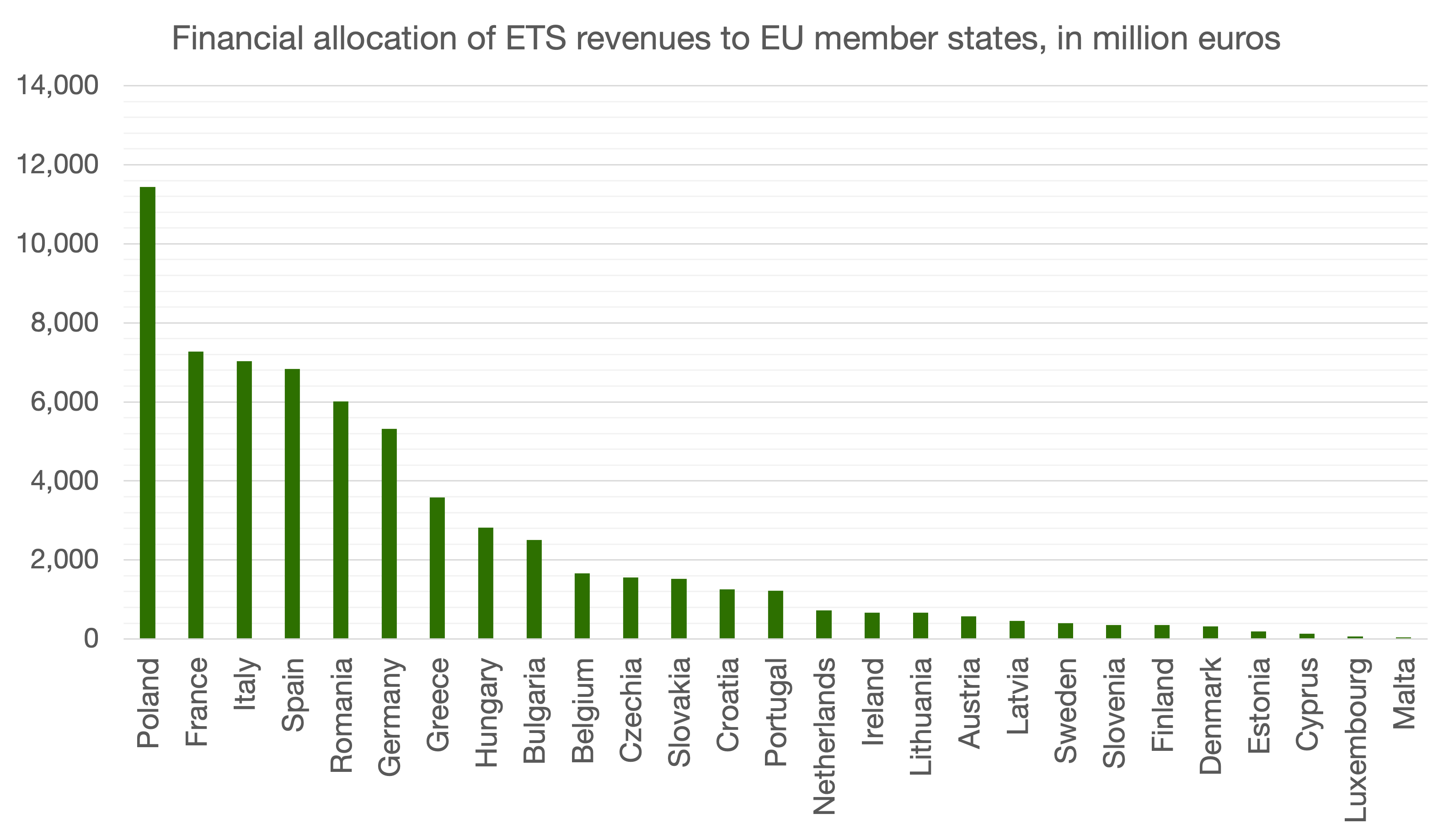Limited uptake of renovation subsidy schemes among low-income homeowners
Created on 17-10-2023
Although building retrofitting seems to promise long-term cost savings and could greatly improve the lives of low-income homeowners, in reality, these individuals face notable obstacles that prevent them from accessing government subsidy schemes. These obstacles primarily stem from economic, institutional, behavioural, and informational factors. Economically, the high upfront costs are often cited as a major discouragement from pursuing retrofitting. Institutionally, complex bureaucratic procedures and a lack of streamlined processes for accessing subsidies can pose significant barriers. Behaviourally, actors such as the disruption caused by a renovation project and resistance to change can also play a substantial role. Lastly, inadequate or insufficient information regarding the availability and benefits of subsidy schemes acts as a major hurdle. These barriers are often applicable to higher-income homeowners as well, but previous research suggests that they particularly affect low-income homeowners. This underscores the need for a more targeted approach in providing renovation subsidies for residential dwellings.
Systems knowledge
Actors
National government
This actor represents the central governing body and authority responsible for overseeing and managing the affairs of a nation, including policymaking, legislation, and implementation within a certain geographic area.
Public banks
Financial institutions that extend loans and credit to various entities such as social housing providers and governments to support their initiatives, projects, or operations in the public interest.
Method
Comparative policy analysis
Refers to evaluating and examining the outcomes of policies, regulations, or approaches across different contexts 'ex ante' or 'ex post' to inform decision-making.
Stakeholder consultation
This entails actively engaging and gathering input from individuals or groups who are directly affected by policies, aiming to incorporate their perspectives and insights into the decision-making process.
Tools
Randomised controlled trial (RCT)
This involves the random assignment of participants into experimental and control groups to assess the effectiveness or impact of a particular intervention or policy, such as a renovation subsidy scheme, through comparison and analysis.
Focus group
A qualitative technique involving a selected group of individuals assembled to provide insights, opinions, and feedback on specific topics, products, or policies, facilitating in-depth understanding and informed decision-making.
Target knowledge
Topic
Building retrofitting
Building retrofitting involves the renovation and improvement of existing structures to enhance energy efficiency, comfort, and sustainability.
Dimension
Environmental
This dimension focuses on understanding and addressing the environmental challenges and concerns related to human activities and their impact on the natural world.
Social
This dimension relates to aspects influencing or impacting people, communities, and societal structures.
Governance
This involves networks, systems and processes that steer decision-making, service delivery and policy implementation.
Level
Country
The political structure governs a specific geographical area and accommodates a specific population group.
Municipal
This level refers to the local administrative or governmental unit, typically a city or town, responsible for local governance, services, and decision-making within a defined geographic area.
Transformation Knowledge
No references
Related cases

The Social Climate Fund: Materialising Just Transition Principles?
Created on 11-07-2023
Related vocabulary
Just Transition
Area: Policy and financing
Created on 03-06-2022
Read more ->